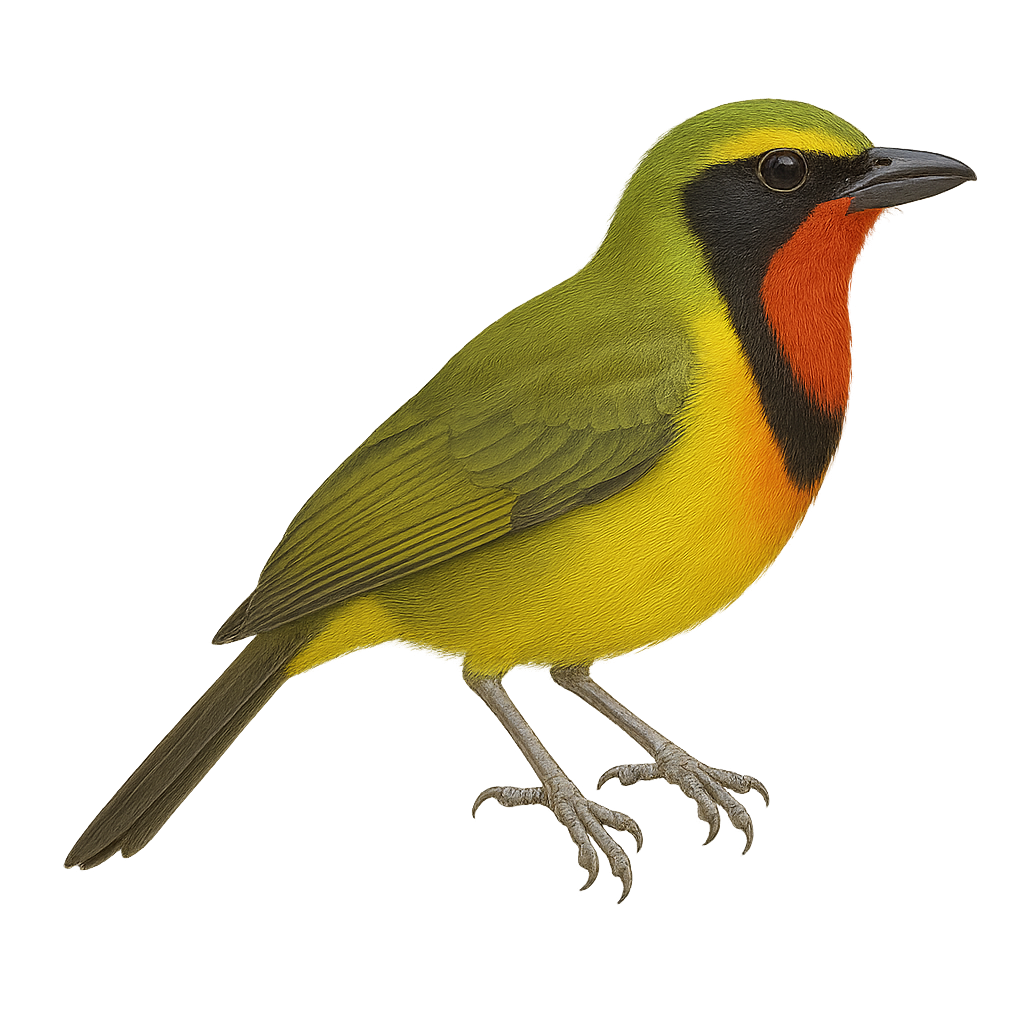Your wildlife photography guide.
Explore the green-backed bushshrike in detail, study its behavior, prepare your shots.
Where to observe and photograph the green-backed bushshrike in the wild
Learn where and when to spot the green-backed bushshrike in the wild, how to identify the species based on distinctive features, and what natural environments it inhabits. The WildlifePhotographer app offers tailored photography tips that reflect the green-backed bushshrike’s behavior, helping you capture better wildlife images. Explore the full species profile for key information including description, habitat, active periods, and approach techniques.
Green-backed Bushshrike
Scientific name: Telophorus viridis

IUCN Status: Least Concern
Family: MALACONOTIDAE
Group: Birds
Sensitivity to human approach: Suspicious
Minimum approach distance: 10 m
Courtship display: October to November
Incubation: 16-18 jours
Hatchings: October to December
Habitat:
Forests, savannas, wooded areas
Activity period :
Primarily active during the day, with peak activity in the morning and late afternoon.
Identification and description:
The Green-backed Bushshrike, or Telophorus viridis, is a colorful and captivating bird primarily found in the wooded regions and savannas of sub-Saharan Africa. It is easily recognizable by its bright green plumage on the back, contrasting with shades of yellow and red on the belly and chest. This bird also features a distinctive black mask around the eyes, enhancing its piercing gaze. The Green-backed Bushshrike is a relatively discreet bird, often heard before seen, thanks to its melodious and varied song. It primarily feeds on insects but also enjoys small fruits. Although generally solitary, it can sometimes be observed in small family groups.
Recommended lens:
400 mm – adjust based on distance, desired framing (portrait or habitat), and approach conditions.
Photography tips:
To photograph the Green-backed Bushshrike, it is advisable to use a telephoto lens of at least 400mm to capture precise details without disturbing the bird. Look for it in forests and savannas, where it often camouflages among the foliage. Be patient and listen for its distinctive song to locate it. Morning or late afternoon light is ideal for highlighting the bright colors of its plumage. Use a tripod to stabilize your camera and achieve sharp images.
The WildlifePhotographer App is coming soon!
Be the first to explore the best nature spots, track rutting seasons, log your observations, and observe more wildlife.
Already 1 431 wildlife lovers subscribed worldwide

